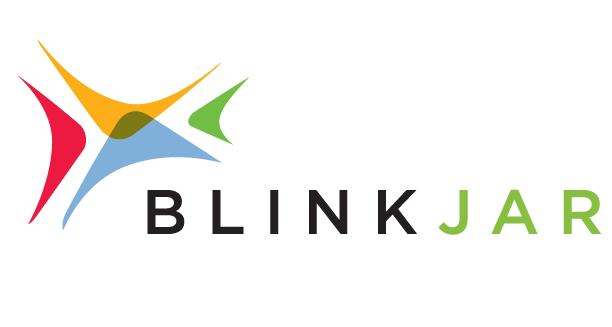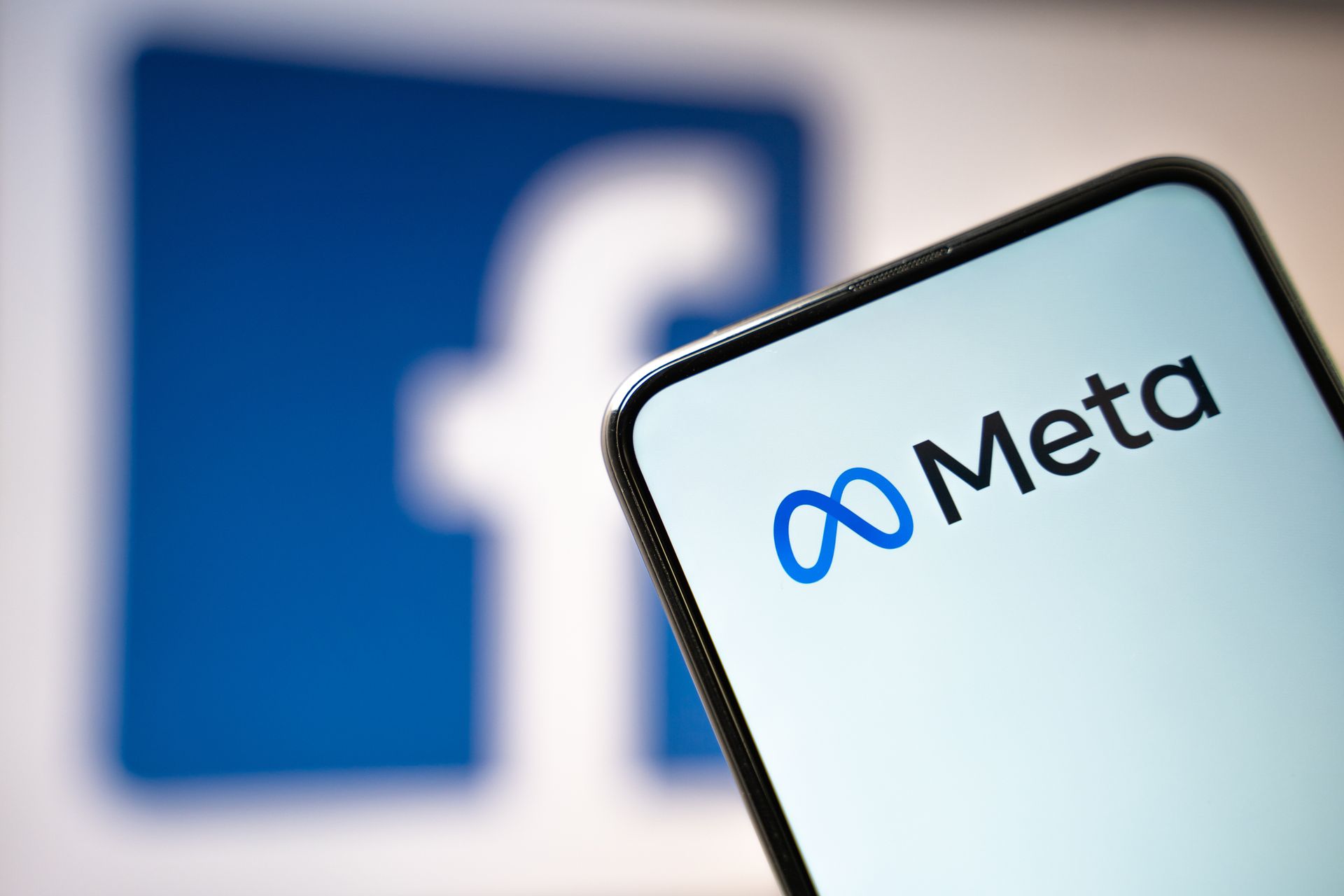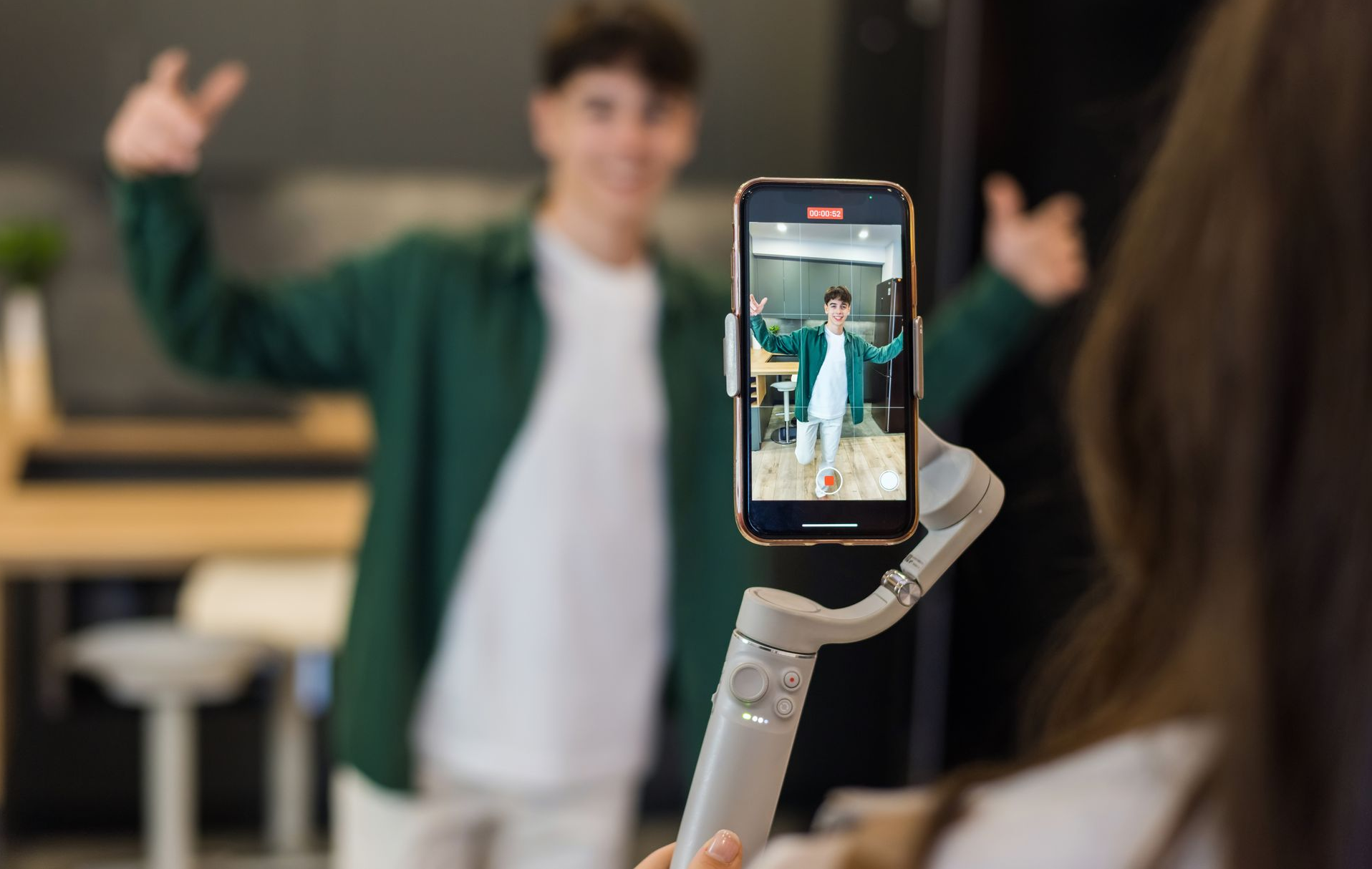Remarketing, Retargeting, and Contextual Digital Advertising
Coincidence and context can be easily confused. If you see someone wearing the same shirt as you, that could strike you as quite the coincidence. However, if you’re at a sporting event and most people are cheering for the same team, seeing a person with a matching jersey may not be that surprising. In context, a coincidence can quickly be revealed to be anything but. The Google Display Network has brought this revelation to digital advertisers, and can be a powerfully effective tool.
The Google Display Network is a platform that allows advertisers to place display (image / banner) ads across a massive network of websites across the internet. The Google Display Network actually reaches over 90% of global internet users, featuring over 2 million websites. This is a massive landscape that can be cultivated and customized to meet your needs and change a coincidence into a customer based on context.
There are a number of strategies that can be applied inside of a Google Display campaign. Let’s take a closer look at the main two.
Keyword Targeting
Keyword targeting makes placement decisions based on people that search for your designated keywords. For example, if you have a campaign based around selling golf balls, you would input golf and golf ball specific keywords. Then Google finds relevant websites that include your keywords, as well as relevant audiences that have an interest in those targeted words and phrases.
Contextual Targeting
Contextual targeting is the process that matches ads to relevant sites across the display network. There are several factors that determine where your ad should be shown, including: keywords, topics, interests, and audiences. Essentially Google analyzes each website’s content and assesses its overall theme. This theme and corresponding content will then be cross referenced and matched with your ad based on topics, keywords, browsing history, location, and more.
Both of these models can be very effective, and should be used in conjunction with one another. Dividing campaigns into ad groups based on product or service categorization, as well as targeting strategy is a great way to determine the best course of action, and reach the most prospective consumers.
The Google Display Network also offers a powerful and sophisticated option called “remarketing”. This tactic actually allows you to market different offers to visitors of your website. By serving ads to people that have been to your site essentially ensures that you are speaking to an engaged audience, eliminating waste and streamlining your ad dollars.
How Does Google’s Remarketing Work?
By adding Google’s Remarketing Code (tag) to your website, or to specific pages on your website, the Google Display Network will then serve ads to visitors of those pages, or your site in general, based on your campaign’s settings. For example, if you owned an instrument store and were running a campaign for guitars, anyone that visited the guitar page(s) on your site would be “cookied” and served your guitar ad(s) on other sites that they visit for the next 30 days. Remarketing can be a highly cost-effective method because it keeps you in contact with your target audience; an audience that directly identifies itself by visiting your site.
All three of these strategies are effective options to either bolster your traditional Google AdWords efforts, or to begin reaching your ideal audience digitally. BlinkJar Media is a digital marketing firm and certified Google Partner that helps businesses of all sizes with their online marketing needs.









